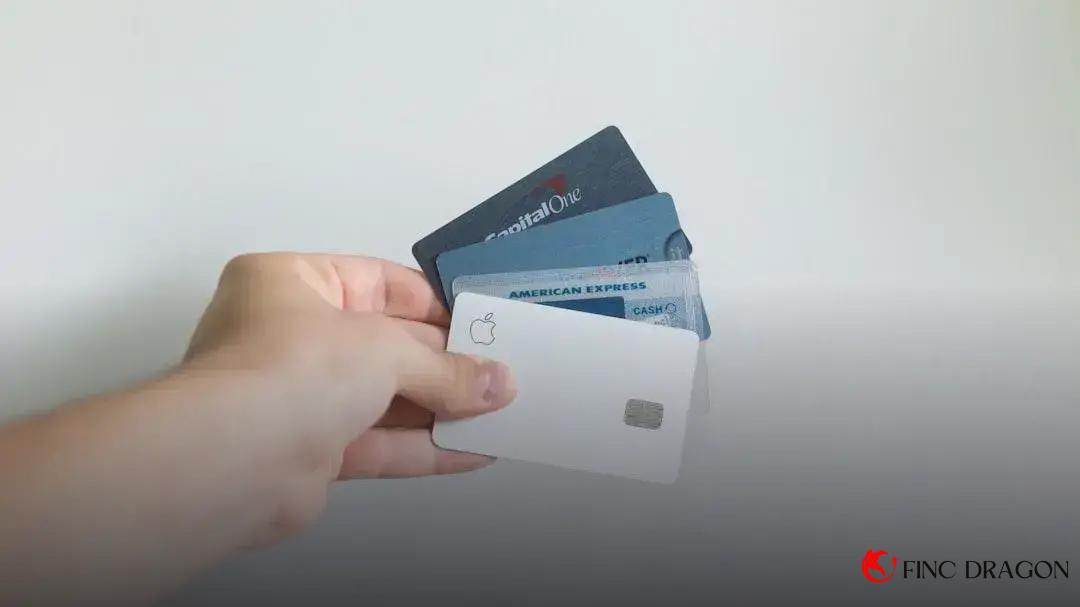The Future of SWIFT Payments in an Era of Blockchain is a compelling topic in the financial industry. As blockchain technology rapidly evolves, it is crucial to understand its potential impact on SWIFT payments. How will these revolutionary changes reshape global transactions? This blog post delves into the intricate relationship between SWIFT and blockchain, examining potential threats, strategic integrations, and what lies ahead for global payment systems.
Blockchain Technology: A Threat to SWIFT?
The financial world is buzzing with debates as blockchain technology emerges as a potent force. SWIFT, the backbone of international payments, might face challenges if blockchain disrupts traditional systems.
How Blockchain Works
Blockchain is a decentralized ledger, offering unmatched transparency and security, attracting banks and financial services globally. Why Blockchain Challenges SWIFT The primary concern is speed and cost. Blockchain can potentially process transactions faster and at a lower fee. This is significant as efficiency is key in global transactions. Moreover, security enhancements with blockchain are noteworthy, as the cryptographic nature guards against fraud.
On the other hand, adoption rate plays a crucial role. While blockchain offers advantages, the technological infrastructure is still growing. Blockchain’s scalability and regulatory compliance remain under scrutiny, giving SWIFT some leverage. However, various financial institutions are investing in blockchain research and development, signaling readiness for this transformation. Ultimately, the impact of blockchain could reshape how global payments operate, making it essential for SWIFT to innovate to remain competitive.
Integrating Blockchain: SWIFT’s Strategic Approach

SWIFT, the backbone of global financial messaging, has recognized the transformative potential of blockchain technology in reshaping the payment landscape. Their strategic approach to integrating blockchain involves a calculated exploration of its capabilities. Efficiency and security remain at the forefront of SWIFT’s priorities, seeking ways blockchain can enhance these aspects of financial transactions.
Blockchain technology offers opportunities to streamline processes, potentially reducing settlement times and costs. SWIFT is examining partnerships and pilot programs to test blockchain’s viability in enhancing its existing infrastructure. This involves collaborating with industry leaders and fintech companies to leverage their expertise.
One of the primary areas of focus is the integration of
smart contracts
. These digital agreements could automate transaction protocols, reducing manual intervention and the risk of human error. SWIFT aims to create a seamless bridge between traditional payment systems and modern blockchain solutions.
The organization’s strategic approach includes rigorous testing and adherence to compliance and regulatory standards. By methodically incorporating blockchain, SWIFT hopes to ensure a high level of trust among its vast network of financial institutions. As they adapt to this new technology, SWIFT is committed to maintaining the integrity and reliability that its platform is known for, while embracing the innovative possibilities that blockchain presents.
Benefits and Challenges of Blockchain in Payments
In the realm of financial transactions, blockchain technology offers a paradigm shift in the way payments are processed. It introduces transparency, enhanced security, and efficiencies that traditional systems such as SWIFT struggle to match. By using decentralized networks, blockchain diminishes the need for intermediaries, reducing transaction costs and time significantly.
Benefits
One of the primary advantages of blockchain in payments is its ability to provide real-time processing. Transactions that once took days can now be completed within seconds or minutes, allowing businesses and individuals to conduct international trade with much greater speed and efficiency. Additionally, the immutable nature of blockchain records ensures that transaction histories cannot be altered, providing a reliable audit trail that enhances trust among users.
Security is another notable benefit. Blockchain uses advanced cryptography to secure transactions, making data breaches and fraud more difficult. This introduces a level of security previously unattainable with traditional payment systems.
Challenges
Despite these benefits, integrating blockchain into existing financial infrastructures is not without challenges. One significant hurdle is the scale and scalability of blockchain systems. As transaction volumes grow, so does the need for more resources to maintain system efficiency, potentially leading to increased costs.
Furthermore, regulatory issues and the uncertainty surrounding blockchain technology pose another challenge. Governments around the world are still grappling with how to regulate decentralized financial systems, which could hinder their widespread adoption.
Finally, the interoperability between blockchain and existing systems like SWIFT is essential to harness the full potential of this technology, demanding immense collaboration and strategic alignment.
What’s Next for Global Payment Systems?

As global payment systems evolve, the landscape is undergoing significant transformations. One major factor is the integration of emerging technologies like blockchain. This distributed ledger technology, known for its transparent and secure data processing, poses both challenges and opportunities for traditional structures such as SWIFT.
Increased Speed and Efficiency: Blockchain technology can significantly enhance transaction speeds, allowing for almost real-time payments across the globe. This improvement is crucial for businesses and consumers who rely on rapid payment processing without lengthy delays.
Decentralization: Unlike centralized systems, blockchain operates on a peer-to-peer network, eliminating intermediaries. This shift can reduce costs and increase the security of transactions, important factors as global trade continues to expand and diversify.
The Role of Regulation: With any transformative technology, regulatory frameworks must evolve. Governments and financial institutions are tasked with creating policies that harness blockchain’s benefits while ensuring security and compliance. This regulatory adaptation is critical as global payment systems strive to modernize and integrate new technologies.
Interoperability: For blockchain technology to smoothly integrate into existing systems like SWIFT, interoperability remains a key goal. Developing standards that allow different blockchain networks to communicate and operate with legacy payment systems is essential for streamlined operations.
Future Developments: As we move forward, the continued adoption of blockchain could lead to more inclusive financial systems, especially in developing regions. By providing secure and efficient payment channels, blockchain could democratize access to financial services, opening new economic opportunities.





